
In an era where sustainability and environmental consciousness are becoming increasingly important, homeowners are seeking ways to make their homes more eco-friendly.
This article explores nine practical upgrades that can transform a conventional house into an environmentally responsible haven. From energy-efficient appliances to solar panels, insulation to green roofing, readers will discover the latest advancements in sustainable home upgrades.
Whether you're a seasoned environmentalist or just starting your journey towards a greener lifestyle, this guide will provide valuable insights and actionable steps towards creating an eco-friendly home.
Energy-Efficient Appliances
Energy-Efficient appliances provide homeowners with a practical and effective way to reduce energy consumption and minimize their environmental impact. When it comes to creating an eco-friendly home, one of the most significant areas to focus on is the use of energy-efficient HVAC systems and smart thermostats.
Energy-efficient HVAC systems are designed to optimize the heating, ventilation, and cooling of a home while using less energy. These systems utilize advanced technologies such as variable speed motors and high-efficiency heat exchangers to provide superior performance while consuming less power.
Additionally, smart thermostats allow homeowners to have precise control over their HVAC systems, ensuring that energy is not wasted when the home is unoccupied or when the temperature needs are minimal.
Solar Panels
One of the key upgrades for an eco-friendly home is the installation of solar panels, which can further enhance energy efficiency and reduce environmental impact. Solar panels are a renewable energy source that convert sunlight into electricity, providing a clean and sustainable power supply for your home.
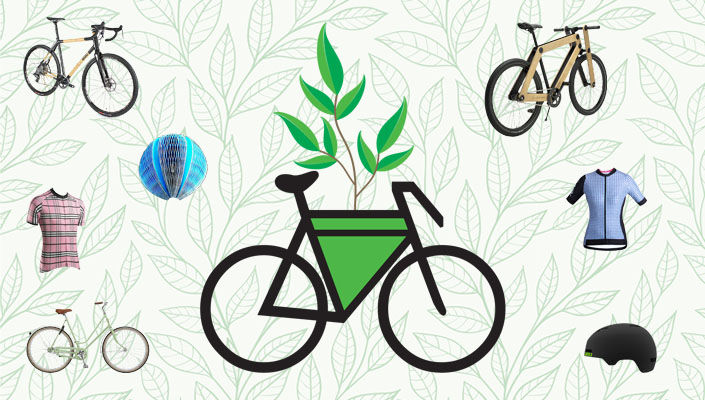
Here are four reasons why solar panel installation is a valuable investment for an eco-friendly home:
- Energy independence: Solar panels allow you to generate your own electricity, reducing your reliance on fossil fuel-based power grids and giving you more control over your energy usage.
- Cost savings: By harnessing the power of the sun, solar panels can significantly reduce your energy bills, providing long-term savings and a return on investment.
- Environmental benefits: Solar panels produce clean energy without emitting harmful greenhouse gases, helping to combat climate change and reduce air pollution.
- Increased property value: Homes equipped with solar panels are in high demand and often sell for a higher price, making them a valuable addition to any eco-friendly home.
Investing in solar panel installation is a practical and effective way to improve the energy efficiency of your home while reducing your carbon footprint.
Insulation
Installing proper insulation is essential for maintaining a comfortable and energy-efficient home. It complements the benefits of solar panels by reducing energy consumption and optimizing heating and cooling efficiency.
There are various alternatives available for insulation, each offering different levels of efficiency and sustainability. Some popular options include fiberglass batts, spray foam insulation, and cellulose insulation.
Fiberglass batts are cost-effective and easy to install. Spray foam insulation provides superior air sealing and insulation qualities. Cellulose insulation, made from recycled paper, is an eco-friendly option that offers excellent thermal performance.
When installing insulation, it is important to follow a few tips for optimal results. These include sealing air leaks, properly insulating attics and basements, and ensuring that insulation is installed correctly to avoid gaps or compression.
LED Lights
LED lights contribute to the overall energy efficiency and sustainability of a home by offering long-lasting illumination and reduced energy consumption when compared to traditional lighting options. Here are four reasons why LED lights are a smart choice for homeowners looking to save energy and reduce their environmental impact:

- Energy Savings: LED lights use significantly less energy than traditional incandescent bulbs, leading to substantial cost savings on electricity bills.
- Long Lifespan: LED lights have a much longer lifespan compared to traditional bulbs, reducing the frequency of replacements and further contributing to energy and cost savings.
- Reduced Heat Output: LED lights produce very little heat, minimizing the strain on cooling systems and helping to maintain a comfortable indoor temperature.
- Eco-Friendly Materials: LED lights are made from non-toxic materials, making them safer for the environment and reducing the need for hazardous waste disposal.
Green Roofing
Green roofing is becoming increasingly popular due to its numerous benefits. One of the main advantages is its ability to improve energy efficiency by providing insulation and reducing heat transfer.
Additionally, green roofs can help mitigate stormwater runoff and improve air quality.
However, it is important to consider the cost implications associated with installing and maintaining a green roof, as it can be a significant investment upfront.
Benefits of Green Roofs
One of the most notable advantages associated with the implementation of green roofs in residential buildings is the significant reduction in energy consumption. Green roofs provide a range of benefits that make them an attractive option for homeowners looking to create a more sustainable and eco-friendly living space.
Here are four key benefits of green roofs:
- Energy efficiency: Green roofs act as natural insulation, reducing the need for artificial heating and cooling. This can lead to lower energy bills and a reduced carbon footprint.
- Improved air quality: Green roofs help to filter pollutants and absorb carbon dioxide, improving the overall air quality in the surrounding area.
- Stormwater management: Green roofs have the ability to absorb and retain rainwater, reducing the strain on stormwater systems and reducing the risk of flooding.
- Increased biodiversity: Green roofs provide a habitat for plants, insects, and birds, increasing biodiversity in urban areas.
When considering the installation of a green roof, factors such as structural load capacity, waterproofing, and maintenance should be taken into account. However, the benefits of green roofs make them a worthwhile investment for those seeking an eco-friendly home.
Cost Considerations for Green Roofs
When considering the installation of green roofs, it is important to carefully evaluate the cost considerations associated with green roofing.
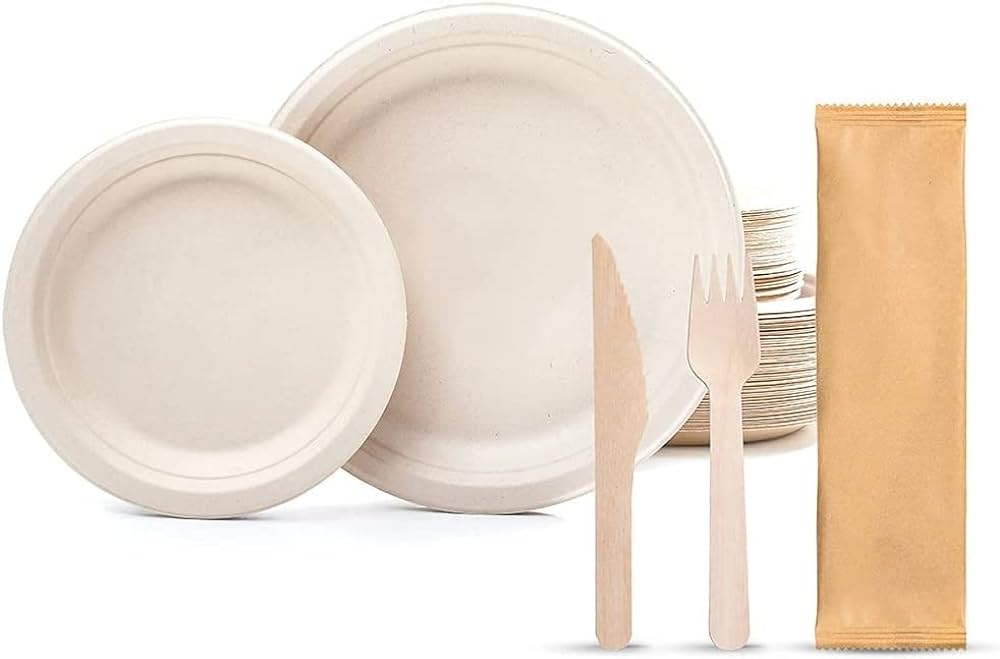
While green roofs offer numerous benefits such as reducing energy consumption, improving air quality, and enhancing the aesthetic appeal of a building, they also come with initial installation and maintenance costs.
However, it is essential to look beyond the upfront expenses and consider the long-term cost savings and environmental impact.
Green roofs can significantly reduce energy costs by providing insulation and reducing heat island effect. They also prolong the lifespan of the roof membrane, reducing the need for frequent repairs and replacements.
Furthermore, green roofs can help mitigate stormwater runoff, reducing the strain on drainage systems and preventing water pollution.
Composting
The implementation of a composting system in a home is a practical and effective way to reduce waste and contribute to a sustainable lifestyle. Composting benefits the environment by diverting organic waste from landfills, reducing greenhouse gas emissions, and providing nutrient-rich soil for gardening.
Here are four composting techniques to consider:
- Backyard composting: This method involves creating a compost pile or using a compost bin in your backyard to decompose organic waste.
- Vermicomposting: Using worms to break down organic waste, vermicomposting is an efficient and space-saving composting technique.
- Bokashi composting: This anaerobic fermentation process involves fermenting organic waste with the help of beneficial microorganisms.
- Composting with a compost tumbler: A compost tumbler is a rotating container that accelerates the composting process by providing aeration and mixing.
Rainwater Harvesting
Rainwater harvesting is a sustainable practice that offers numerous benefits for homeowners. By capturing rainwater, it can be used for various purposes such as watering plants, flushing toilets, and even for laundry.
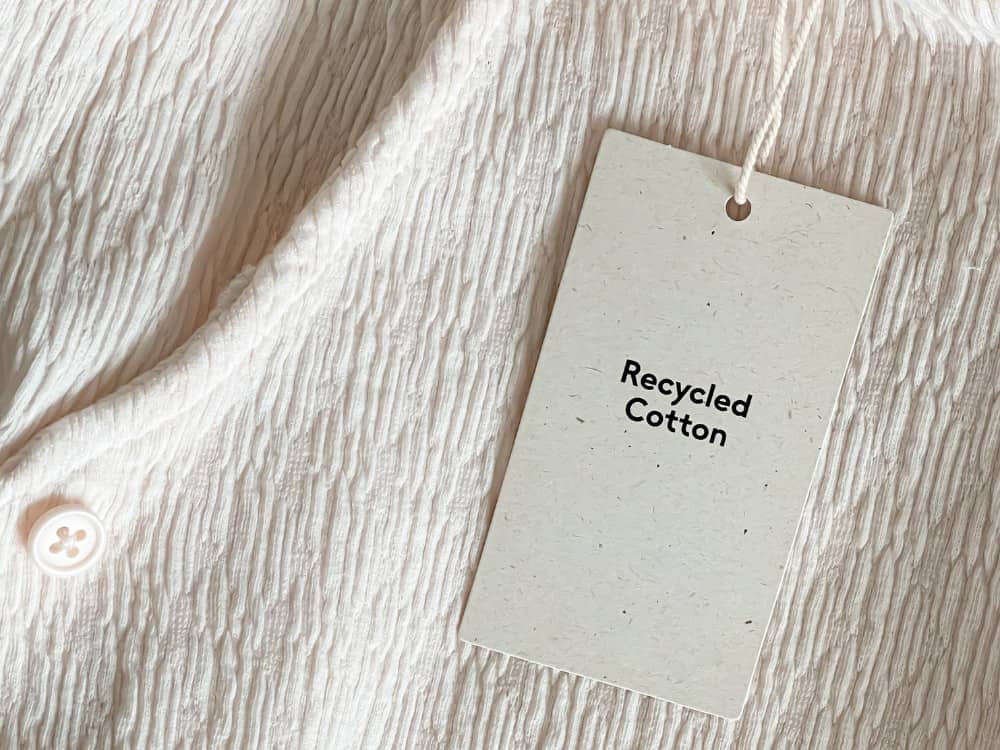
In order to install and maintain a rainwater harvesting system, it is important to consider factors such as the size of the catchment area, the quality of the water, and the proper filtration and storage methods.
Benefits of Rainwater Harvesting
One significant advantage of implementing rainwater harvesting in a sustainable home is the reduction of water consumption. By collecting and storing rainwater, homeowners can utilize this natural resource for various purposes, thereby decreasing their reliance on traditional water sources.
Here are four key benefits of rainwater harvesting:
- Environmental sustainability: Rainwater harvesting helps conserve water, reduces strain on municipal water supplies, and promotes the efficient use of resources.
- Cost savings: By using rainwater for tasks like irrigation, toilet flushing, and laundry, homeowners can lower their water bills and save money in the long run.
- Self-sufficiency: Rainwater harvesting allows homeowners to become more self-reliant and less dependent on external water sources, especially during droughts or water restrictions.
- Water quality: Rainwater is typically softer and free from chemicals, making it ideal for gardening and other non-potable uses.
Implementing rainwater harvesting techniques not only benefits the environment but also provides practical advantages for homeowners seeking a more sustainable lifestyle.
Installation and Maintenance Tips
Implementing proper installation and maintenance techniques is crucial for efficient rainwater harvesting in an eco-friendly home.
To ensure a successful installation, start by selecting an appropriate location for your rainwater harvesting system. Position it in an area where it can collect the maximum amount of rainwater, such as near a downspout or roofline.
Install a high-quality filtration system to remove debris and contaminants from the collected rainwater. This will help maintain the quality of the water and prevent clogging of the system.

Regular maintenance is also essential to keep your rainwater harvesting system functioning optimally. Clean the filters regularly and inspect the system for any leaks or damages. If any issues are identified, address them promptly.
Additionally, consider using eco-friendly cleaning products to avoid polluting the harvested rainwater.
Following these installation tips and maintenance strategies will ensure that your rainwater harvesting system operates efficiently and contributes to your sustainable lifestyle.
Sustainable Materials
Utilizing environmentally-friendly materials is crucial when aiming to create a sustainable home. By choosing sustainable materials, homeowners can reduce their impact on the environment and contribute to a cleaner and greener future.
Here are four sustainable materials that can be incorporated into your home:
- Recycled furniture: Opt for furniture made from recycled materials, such as reclaimed wood or repurposed metal. This reduces the demand for new resources and helps divert waste from landfills.
- Sustainable flooring: Choose flooring options that are made from renewable materials, such as bamboo or cork. These materials are not only eco-friendly but also durable and stylish.
- Natural insulation: Insulate your home with natural materials like sheep's wool or cellulose insulation made from recycled paper. These options provide effective insulation while minimizing environmental impact.
- Low VOC paints: Use paints that have low volatile organic compounds (VOCs), which emit fewer harmful chemicals into the air. This improves indoor air quality and reduces health risks.
Incorporating these sustainable materials into your home can help create a healthier, more eco-friendly living space.
Natural Cleaning Products
The use of natural cleaning products is an essential aspect of creating an eco-friendly home. Traditional cleaning products often contain harmful chemicals that are not only detrimental to the environment but also to our health.
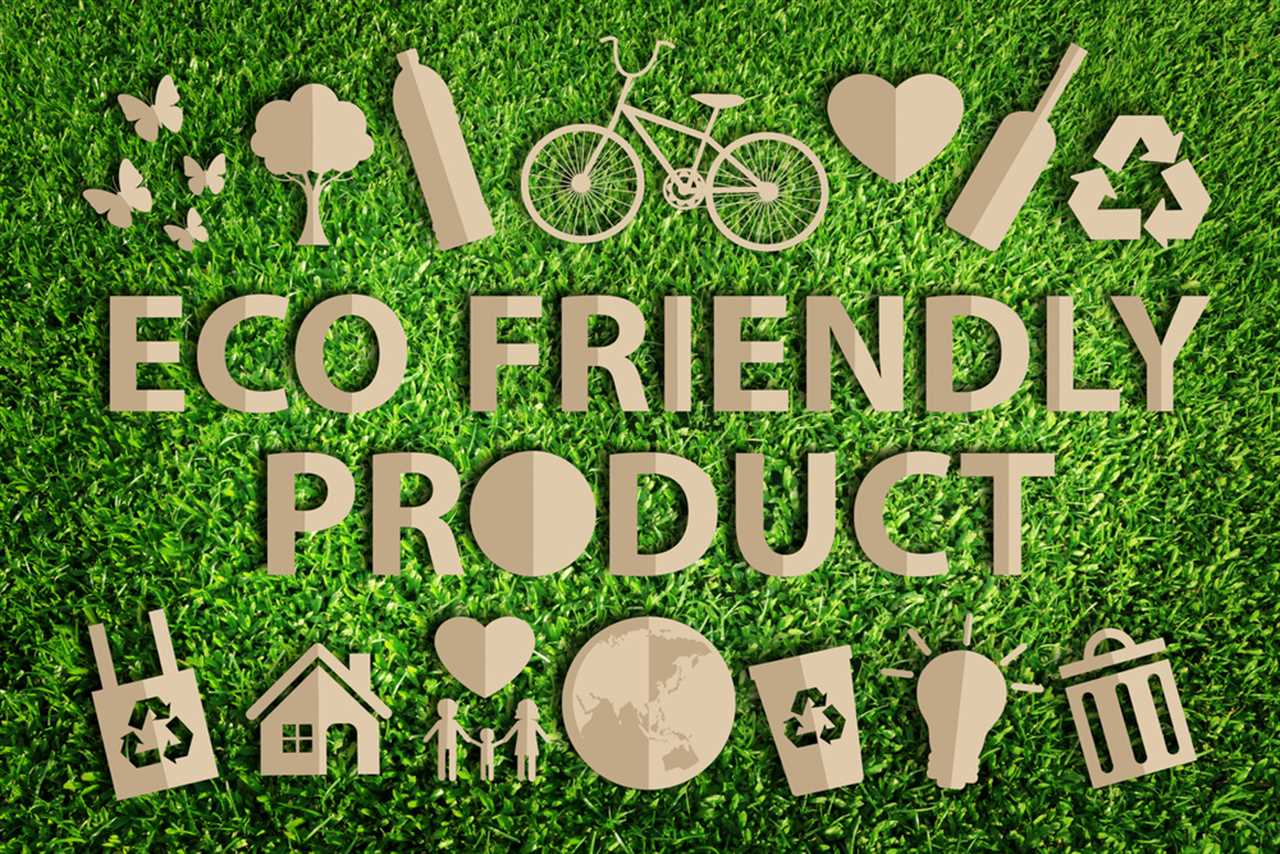
By using eco-friendly detergents and homemade cleaning solutions, we can reduce our carbon footprint and create a healthier living environment. Eco-friendly detergents are made from plant-based ingredients that are biodegradable and do not contribute to water or air pollution. They are also free from harsh chemicals such as phosphates, chlorine, and ammonia.
Homemade cleaning solutions, such as vinegar, baking soda, and lemon juice, are effective and safe alternatives to commercial cleaning products. They are not only cost-effective but also eliminate the need for unnecessary packaging.
Making the switch to natural cleaning products is a simple yet impactful step towards a more sustainable and eco-friendly home.
Frequently Asked Questions
How Much Money Can I Save by Using Energy-Efficient Appliances in My Home?
Investing in energy-efficient appliances can lead to significant cost savings over time. Not only do these appliances reduce energy consumption, but they also have a positive environmental impact by minimizing greenhouse gas emissions.
What Is the Average Lifespan of Solar Panels and How Often Do They Need to Be Replaced?
The average lifespan of solar panels is typically around 25 to 30 years. However, with proper maintenance and care, some panels can last even longer. As for replacement frequency, it is generally recommended to replace solar panels after 25 years to ensure optimal efficiency.
Are There Any Government Incentives or Tax Credits Available for Installing Insulation in My Home?
Government incentives and tax credits are available for homeowners who install insulation in their homes. These incentives aim to encourage energy efficiency and reduce carbon emissions, providing financial benefits for those who choose to make eco-friendly upgrades.
Can LED Lights Be Used in All Types of Light Fixtures or Are There Any Limitations?
LED lights can be used in a variety of light fixtures, including outdoor fixtures. The benefits of using LED lights include energy efficiency, longer lifespan, and reduced maintenance. However, there may be limitations in terms of dimming capabilities and compatibility with certain fixtures.
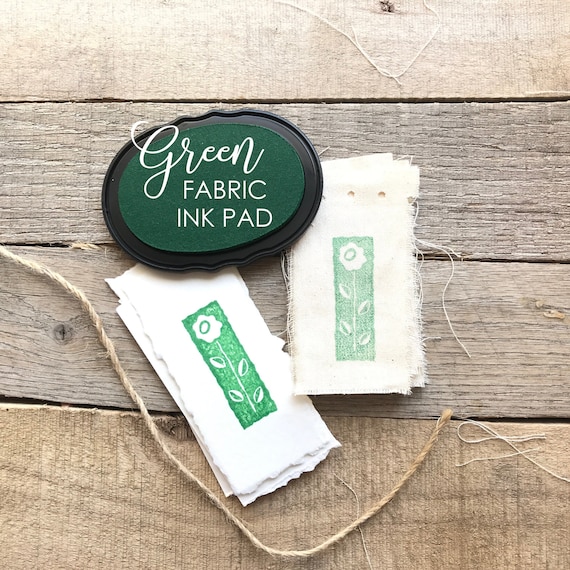
Are There Any Specific Types of Sustainable Materials That Are Better for Certain Home Renovation Projects?
When considering sustainable materials for home renovation projects, it is important to take into account the specific needs and goals of each project. For example, types of eco-friendly flooring and proper insulation are key components in creating a sustainable and energy-efficient home.
 Business & FinanceHealth & MedicineTechnologyLifestyle & CultureScience & EnvironmentWorld NewsPrivacy PolicyTerms And Conditions
Business & FinanceHealth & MedicineTechnologyLifestyle & CultureScience & EnvironmentWorld NewsPrivacy PolicyTerms And Conditions
